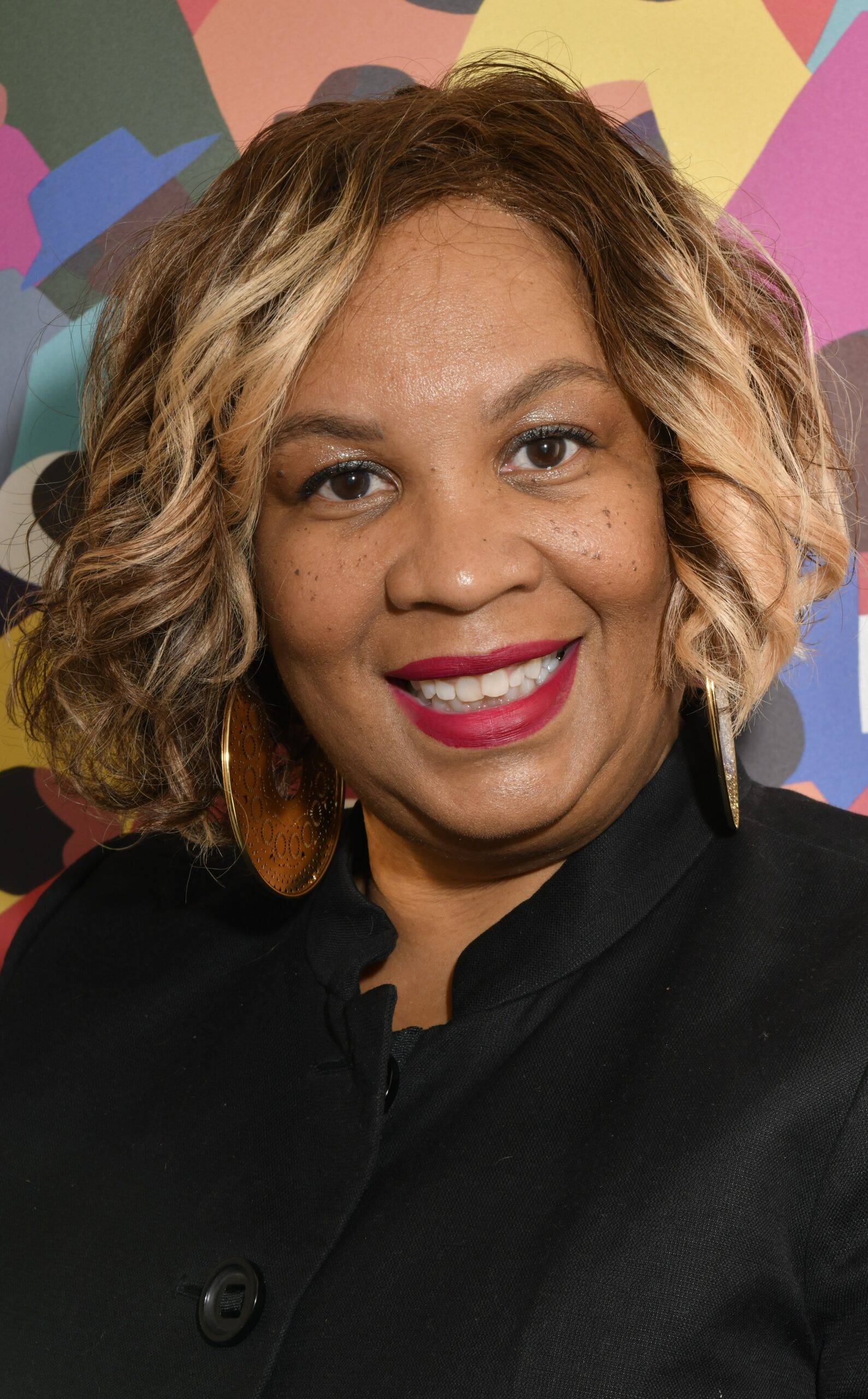What in the world is “Break Baby”?
A Break Baby occurs when a child is conceived with someone outside the relationship, which happens when the couple decides there are serious issues that require a break from each other for some time. For married individuals, this can mean separation, and for those who aren’t married but are dating exclusively, it’s the classic phrase, “I think we need a break.” Presumably, each person believes the relationship is worth saving, so instead of ending it, a break is seen as a way to let things cool down—whatever the issues might be—and then, after a set or indefinite period, both parties reassess to see if they are in a position to do what’s needed to make the relationship thrive. Therefore, the question is—if the relationship is already on life support, it becomes even more complicated if someone gets pregnant by someone outside the relationship, or if they get someone pregnant outside.
Maybe it’s just me, and perhaps I haven’t lived long enough… but I’ve yet to hear of a “break” that has actually helped improve a relationship and resolve issues. For example, my brother separated from his wife, and during that separation — which I believe lasted about a year — he became a father twice over. It seems, honestly, that taking a break from a relationship for a period can be seen as an extended “hall pass” rather than a time for reflection and recovery. And without hesitation, I would say this applies to the man far more than the woman in most cases.
What a “Break Baby” Really Signals
“Taking a break” is supposed to be a pause for reflection and repair; in practice, it often functions as a soft breakup with blurry boundaries. That ambiguity tends to invite avoidant coping—numbing, distraction, and, yes, new sex/romance—which can produce permanent complications (pregnancy, STIs, public embarrassment, divided loyalties) that make reunion much harder. Studies on contact/sex with an ex after separation show higher distress and more mixed outcomes, not the clarity people hope for.
How Often Do Couples Actually Reconcile After a Break?
Academic work on separation and reconciliation suggests reunion is possible but uncommon—and ambiguity itself is stressful:
- Classic and contemporary population studies find that only a minority of separated couples reconcile long-term; many attempt reconciliation at least once, but most ultimately divorce or repartner. A recent analysis of older adults found roughly 7–11% reconciled within ten years; repartnering was more likely than reconciling. Qualitative research on “ambiguous separation” describes it as an emotionally taxing limbo with unclear rules and a future, which tracks with what many describe during breaks.
Why the “Break Baby” Narrative Lands So Hard in Black Communities
It’s not just celebrity gossip—it taps fundamental structural dynamics:
- Multi-partner fertility (MPF), having children with more than one partner, is more common among Black parents, influenced by historic and structural inequities such as labor market discrimination, incarceration, and housing instability that undermine relationship stability. In national data, among parents of two or more children, about 40% of Black parents have children with more than one partner, compared to approximately 18% of White parents and 23% of Hispanic parents. A Fragile Families brief also reports higher MPF among Black mothers. MPF isn’t a moral judgment; it’s a reflection of how systemic challenges can complicate family formation.
- Community impact. MPF can complicate co-parenting schedules, child support, and extended-family networks. In close-knit Black social and professional circles, a “break baby” can also become a reputational risk—especially when amplified by social media—affecting mental health, church and community standing, and even job prospects for public-facing individuals.
In close-knit Black social and professional circles, a “break baby” can also lead to reputational damage—especially on social media—impacting mental health, community and church standing, and even job prospects for those who are public-facing.
Consider the following:
- Boundaries are not optional. Dr. Joy Harden Bradford (Therapy for Black Girls) routinely emphasizes the importance of boundary-setting and intentionality; a “break” without explicit boundaries (such as communication cadence, sexual exclusivity, or dating rules) is essentially a breakup in disguise. If you can’t state and enforce limits, you’re not ready for a break—you’re prepared for an ending.
- Heal the trauma, don’t outsource it. Dr. Thema Bryant underscores that unhealed trauma and grief show up as detachment, over-functioning, or self-sabotage in love; “space” won’t fix what therapy, accountability, and spiritual/community care must address.
- Treat the separation like an intervention, not a vacation. The Gottman Institute’s advice on trial separations is clear: set agreements on intentions, time frames, therapy commitments, finances/parenting plans, and rules about sex or dating. If either partner prefers an open arrangement, state it; if not, don’t pretend.
The Psychology of Infidelity & “Break Babies”
Infidelity (or sex with others during an undefined “break”) is linked with significant psychological distress for betrayed partners and mixed long-term outcomes—even with therapy, repair takes rigorous work and time. The literature also shows that post-breakup choices (including sex with exes or new partners) can prolong distress rather than create clarity. Translation: if the goal is reconciliation, risky behavior during a break is playing against your win condition.
For a Black, educated, 30+ audience juggling careers, faith, and family systems, here’s a clinically sound template you can print and take to therapy:
- Name the purpose and the plan (in writing).
- Purpose: diagnostic (“Do we have a marriage worth repairing?”), not punitive.
- Time-box: 4–8 weeks, with midpoint check-ins; extend only if both agree in writing.
- Non-negotiable guardrails.
- Therapy required: weekly individual therapy for both + biweekly couples sessions.
- Sex/dating rules: choose one—(a) no sex/dating outside; (b) no new partners; or (c) fully open with mandatory condom use, STI screening at start and before any reunion, and pregnancy prevention plan. Spell it out.
- Communication cadence: logistics only vs. limited emotional check-ins; no love-bombing.
- Social media: no subliminals, thirst traps, or “soft launches” of new situationships.
- Family/faith/community containment.
- Identify one trusted elder/mentor/minister/therapist as a confidential sounding board; do not create a church committee out of your marriage.
- If there are children, pre-agree on a parenting calendar and a script that protects kids from adult business.
- Financial & domestic clarity.
- Who pays what (rent/mortgage, childcare, debt), where each person lives, and what happens if someone wants to return early.
- Decision rule at the end.
- Reconcile and start a structured repair plan; or separate with dignity and a coparenting framework. Ambivalence is a decision—don’t drag it out.
If a “Break Baby” Happens
- Stabilize first. Begin with medical care, legal counsel, and a therapist—before public disclosures.
- Truth with care. If reconciliation is still on the table, disclose swiftly and fully (no trickle truth).
- Coparenting architecture. Draft parenting time, financial support, and family-meeting protocols that center the children (all of them).
- Grief is normal. Expect waves: betrayal, shame, anger, humiliation. Individual therapy for both partners and, where appropriate, faith/community-based healing spaces matter here.
- Don’t weaponize the child. The infant is not the offense; adults must make adult decisions.
Legal & Practical Notes (Varies by State)
Pregnancy during separation can complicate divorce timelines, paternity presumptions, and support orders; counsel early to avoid a preventable mess. Even where divorce during pregnancy is allowed, courts often require clear paternity and support plans before final orders.
What the Data Suggests You Should Assume
- Many separations don’t lead to lasting reconciliation; instead, people often form new partnerships. Approach a breakup with realistic expectations. Multi-partner fertility is reasonably common in the U.S.—and especially more frequent in Black communities because of structural issues—so shaming stories are both unhelpful and inaccurate. The goal should be mindful planning and healing, not moral panic.
- A Word on Celebrity “Break Babies”
High-visibility cases (e.g., the Dwyane Wade/Gabrielle Union “break baby” era) keep the term in the discourse, but parasocial lessons are poor substitutes for your own therapy, boundaries, and agreements. Treat celebrity stories as reminders that public scrutiny magnifies private pain—not as models to copy.
Pull-Quote-Ready Guidance (Black Expert–Aligned)
- Dr. Joy Harden Bradford: “Boundaries aren’t about punishment—they’re about clarity.” If you can’t co-create clear rules, you’re not ready for a break. (See Therapy for Black Girls on boundaries/digital boundaries.)
- Dr. Thema Bryant: “Unhealed trauma will interpret space as abandonment or as license.” Deal with the wound, not just the partner.
- Gottman-informed practice: A trial separation without a written contract and therapy is just a slow breakup. Set intentions, time limits, and rules—or don’t call it a trial.
If your relationship is already on “life support,” a fuzzy break is like anesthesia—not surgery. If you choose a break, plan it carefully with clear boundaries and timing, include therapy, protect your health, and make a decision at the end. And if a “break baby” enters the picture, lead with honesty and care for the betrayed partner, the new child, and the wider family system.





